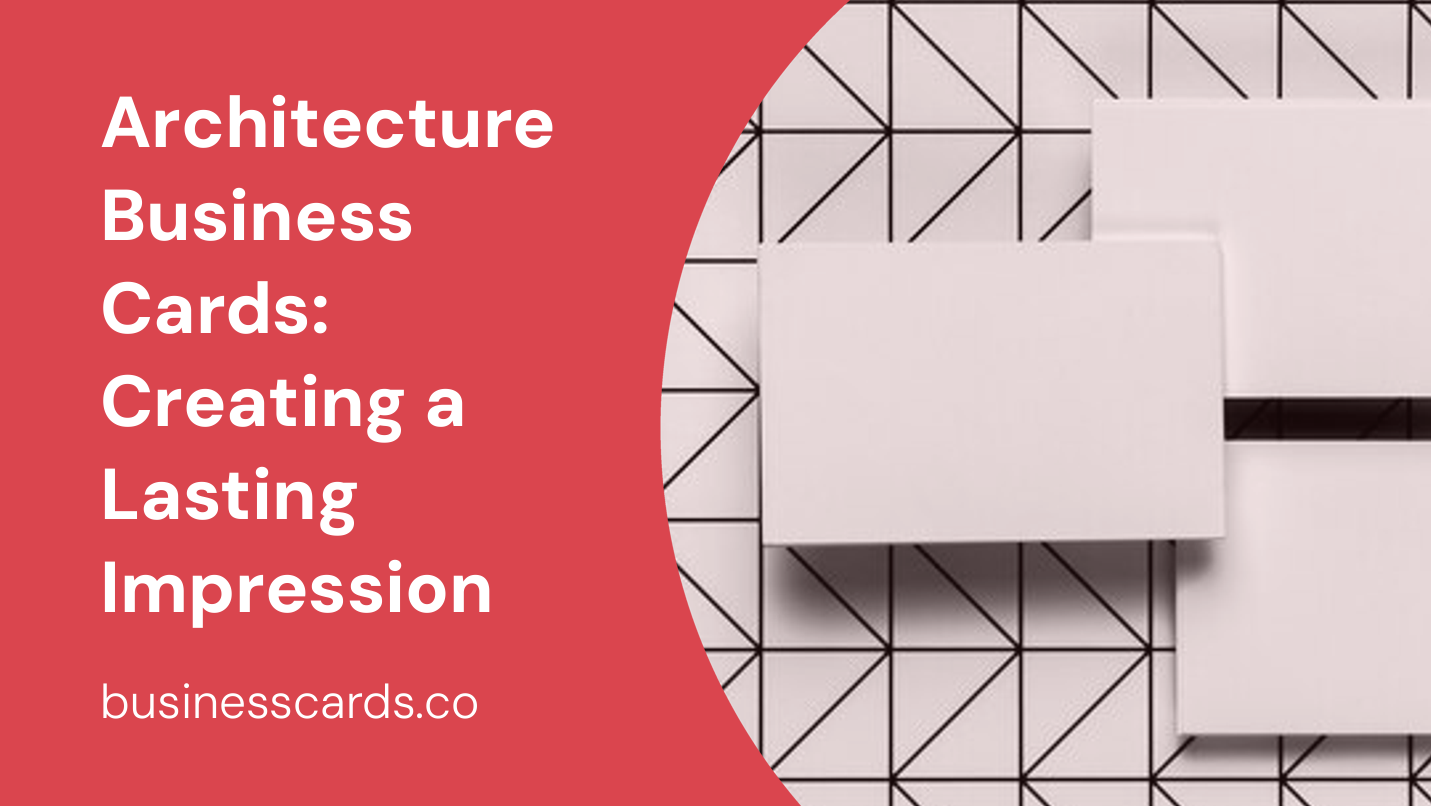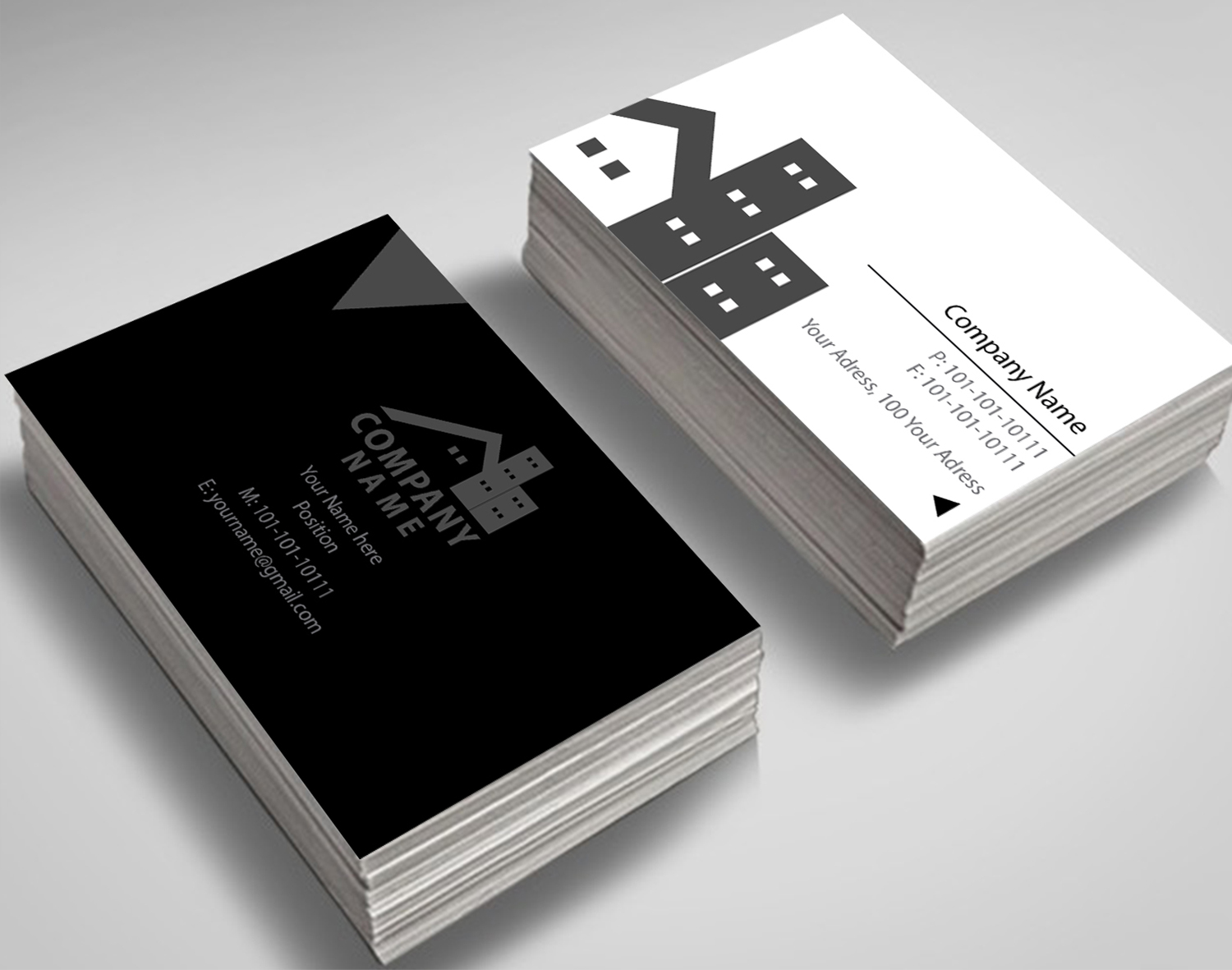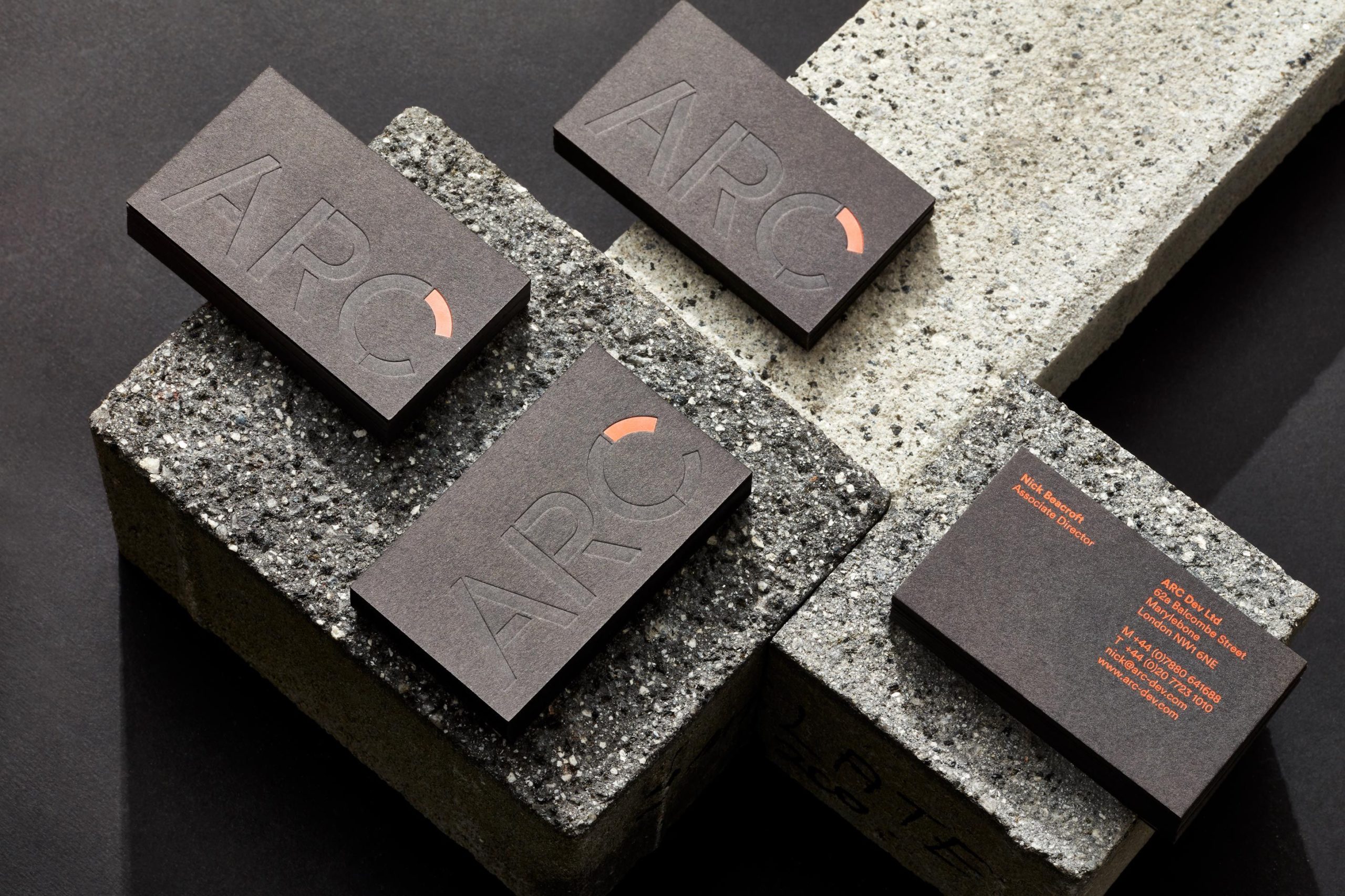
As an architect, it’s essential to establish a strong professional presence and stand out from the competition. One way to achieve this is through the use of well-designed architecture business cards. These simple pieces of paper can be instrumental in making a lasting impression on potential clients, collaborators, and employers. In this article, we will delve into the importance of architecture business cards, explore key design elements, and provide tips on creating a memorable and effective card that represents your architectural vision.
The Significance of Architecture Business Cards

In a world increasingly driven by digital communication, the humble business card remains a tangible representation of your professional identity. It serves as an extension of your brand and can leave a powerful impression on those you meet. For architects, business cards act as mini portfolios, showcasing key design elements, architectural philosophies, and contact information.
Establishing Credibility and Professionalism
Having a well-designed architecture business card can help establish credibility and professionalism in the minds of potential clients, collaborators, and employers. A beautifully crafted card demonstrates attention to detail and a commitment to excellence, reflecting positively on your architectural skills and capabilities. By presenting a visually appealing card, you project a sense of quality that carries over to perceptions of your work.
Enhancing Networking Opportunities
Networking plays a vital role in any industry, and architecture is no exception. Networking events, conferences, and social gatherings provide opportunities to connect with potential clients and industry professionals. Business cards serve as convenient icebreakers and conversation starters. By exchanging cards, you give others a physical reminder of your encounter, making it easier for them to reach out and connect with you in the future.
Memorable First Impressions
When meeting new people, it’s important to make a memorable first impression. A well-designed business card can help you achieve precisely that. By incorporating unique design elements and selecting high-quality materials, your card stands out from the crowd. This attention to detail not only reflects your architectural skills but also creates a positive and lasting impression on those who receive it.
Key Design Elements for Architecture Business Cards

Designing an architecture business card requires careful consideration of various key elements to ensure maximum impact. Let’s explore some essential design elements that will help your business card leave a lasting impression.
1. Minimalist Aesthetics
In the field of architecture, simplicity often speaks volumes. Applying minimalist aesthetics to your business card design can convey a sense of elegance and sophistication. Opt for a clean and uncluttered layout, using ample white space to highlight essential information. Keep in mind that the objective is to capture attention without overwhelming the recipient.
2. Reflect Your Brand Identity
Your business card should reflect your brand identity and architectural style. Incorporate key elements of your logo, typography, and color scheme to create visual consistency across your branding materials. Consistency reinforces your professional image and ensures that recipients associate your card with your architectural practice.
3. Attention-Grabbing Imagery
Including attention-grabbing imagery on your business card can be an effective way to showcase your architectural work and leave a lasting impression. Select high-quality images that represent the essence of your design style and portfolio. Whether it’s an iconic building you’ve designed or striking architectural details, visually captivating imagery can make your business card more memorable.
4. Unique Shapes and Materials
Breaking away from traditional rectangular business cards can provide a memorable touch to your design. Consider unconventional shapes that reflect architectural elements such as squares, circles, or even custom die-cut shapes. Additionally, experimenting with unique materials such as textured or eco-friendly paper can further enhance the tactile experience and make your business card stand out.
5. Legible Typography
The typography you choose for your business card plays a critical role in ensuring legibility. As an architect, your objective is to convey information clearly and concisely. Opt for clean and readable fonts that align with your brand identity. Strike a balance between aesthetics and legibility, ensuring that recipients can easily read your contact details without strain.
Tips for Creating Effective Architecture Business Cards
Now that we’ve explored the key design elements, let’s dive into some practical tips to help you create an effective architecture business card:
1. Keep it Simple and Uncluttered
Avoid overloading your business card with excess information. Stick to the essentials such as your name, title, contact details, and logo. Including unnecessary information could make the card appear cluttered and confuse the recipient. Remember, simplicity is key.
2. Utilize the Back of the Card
The back of your business card represents valuable real estate that should not go to waste. Consider using this space to showcase a small selection of your architectural work or a brief quote that reflects your design philosophy. Utilizing the back of the card not only provides additional engagement but also demonstrates your creativity and attention to detail.
3. High-Quality Printing and Finishes
Investing in high-quality printing and finishes can elevate the perceived value of your business card. Opt for professional printing services that offer a range of finishes, such as matte or glossy, to enhance the visual appeal. Additionally, consider incorporating special finishes like embossing or spot UV to add texture and depth to your card.
4. QR Codes for Enhanced Digital Engagement
Incorporating a QR code on your business card can bridge the gap between your physical card and your digital presence. By scanning the QR code, recipients can easily access your portfolio, website, or social media platforms. This simple addition enables potential clients to explore your work further and connect with you digitally.
5. Always Carry an Ample Supply
Ensure you always have a sufficient number of business cards on hand. You never know when an opportunity may arise to network or connect with potential clients. Being prepared demonstrates professionalism and allows you to seize every chance to make meaningful connections.
Conclusion

Architecture business cards serve as powerful representatives of your professional identity and architectural prowess. By combining minimalist aesthetics, unique design elements, and attention to detail, you can create an effective card that stands out from the competition. Remember to reflect your brand identity, keep the design uncluttered, and utilize creative finishes for maximum impact. Through a well-designed business card, you can leave a lasting impression and open doors to exciting new opportunities in the world of architecture.
William’s writing reflects a deep passion for graphic design and marketing. With a background in the visual arts, he adds a unique perspective to his content. In his spare time, William enjoys visiting art galleries and seeking out the latest design trends.